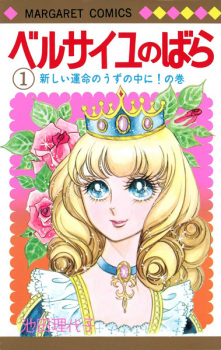Alternative TitlesSynonyms: Enzeru no Oka, Angel's Hill Japanese: エンゼルの丘 InformationType: Manga
Volumes: 2
Chapters: 7
Status: Finished
Published: Jan 1960 to Dec 1961
Genre:
Fantasy
Demographic:
Shoujo
Serialization:
Nakayoshi Authors:
Tezuka, Osamu (Story & Art) Statistics Ranked: #147382 2 based on the top manga page. Please note that 'R18+' titles are excluded. Popularity: #11945
Members: 1,367
Favorites: 4 Available AtResources | New Interest Stack Interest Stacks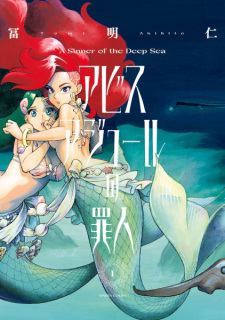 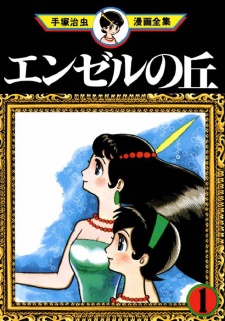 Mangaby
MyAnimeList
Summer 2022 Official Challenge Stack 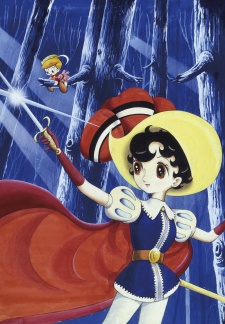 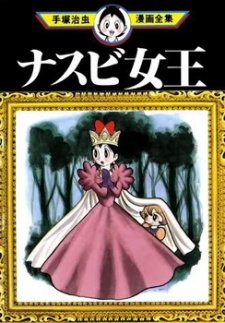 Note: Due to the number of missing manga from the database I will add the ones that would be included in the stack at the bottom of this description. And will leave room in the stack for these manga in the case that they are added in the future. 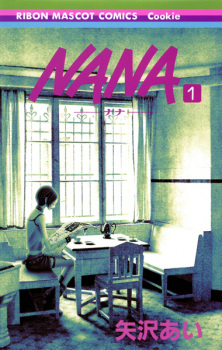 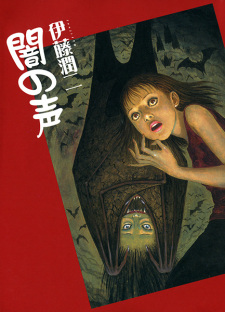 As the title suggests, this is a silly, unserious list containing the universally known, beloved and genius manga Nana, alongside a bunch of small shoujo series which all have just 7 chapters. 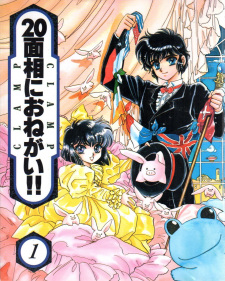 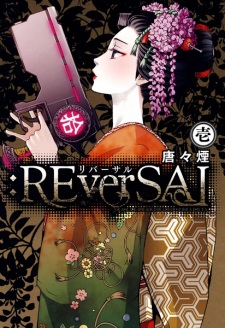 A variety of manga I've enjoyed and would recommend, that are each two volumes long. Give them a try! 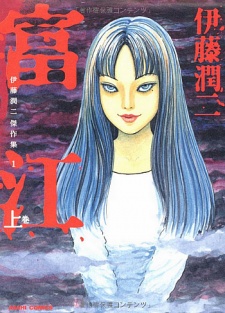  Most of the shoujo manga made by men were created in the 50's, 60's and 70's. Back in those days it wasn't out of the ordinary. The father of manga himself, Osamu Tezuka, created many shoujo manga, including the famous Ribbon no Kishi (Princess Knight). |

